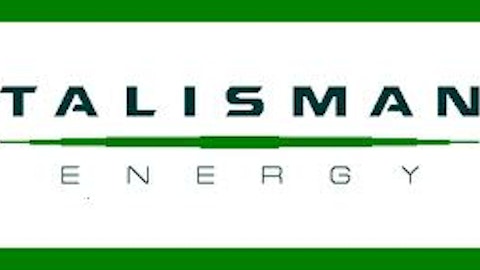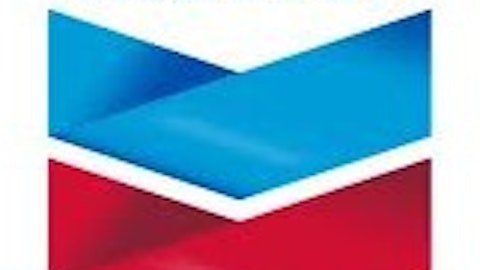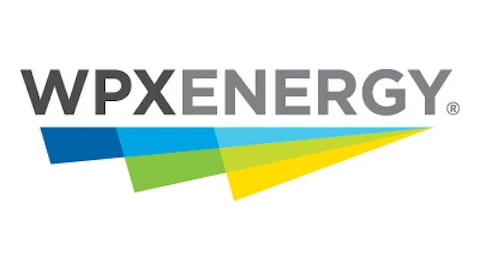Ultrapar is a strong buy
Another Brazilian oil and gas company that is a good investment choice is Ultrapar Participacoes SA (ADR) (NYSE:UGP). Analysts at Zacks currently rank it number one and a ‘Strong Buy.’ Ultrapar has also entered oversold territory, which means a lot of people have the same idea: to invest in a promising stock when the time is right.
Ultrapar Participacoes SA (ADR) (NYSE:UGP) has operations in Venezuela, Brazil, the USA and Argentina. It distributes fuel, produces chemicals and offers integrated logistics solutions as well. It is the largest LPG distributor in Brazil and one of the most stable companies in Brazil at the moment, in spite of the tumultuous economy.
Ultrapar is exceptionally healthy, when we consider its current ratio of 2.0. Though it has debt of $2.9 billion, it also has total cash of $1.0 billion, operating cash flow of $1.0 billion and revenue of $27.1 billion. Any current ratio that is between 1.5 and 3.0 signifies that a company is healthy. Ultrapar Participacoes SA (ADR) (NYSE:UGP) certainly is using its investors money well to fund its business and going forward, I can see the company being managed effectively. With a market cap of $12 billion and a price-to-sales ratio of 0.4, Ultrapar certainly looks like an attractive stock to invest in.
Chevron’s saga in Brazil and beyond
Chevron Corporation (NYSE:CVX), which spilled more than 100,000 gallons of oil into the sea near Rio de Janeiro, has had to fight a very long legal battle. After several months of legal wrangling, Brazil authorized Chevron to resume its operations off the coast of Rio. Chevron Corporation (NYSE:CVX) had not only been banned from operating at Frade field, but also in other parts of Brazil. Chevron still faces two civil suits that may force the company to pay $20 billion in damages.
Moreover, Chevron Corporation (NYSE:CVX)’s problems with regulators are not limited to Brazil alone. It has faced an infamous battle with Ecuadorians, who managed to get Argentina to freeze Chevron’s assets within the country as well. That judgement was overturned by a court in Argentina recently. With a PEG ratio of 11.7, Chevron is very overvalued, though it reports good revenue and has seen a growth in its share price.
Chevron Corporation (NYSE:CVX) has a current ratio of 1.6, which shows that it is certainly within the territory of being a healthy business. It has a total debt of $14.1 billion. However, its total cash is $19 billion and its operating cash flow is $36.1 billion, which keep its debt ratios healthy. With revenue of $218 billion, Chevron certainly is a gigantic company to invest in, albeit with its own risks because of the risky countries it deals with. Going forward, Chevron Corporation (NYSE:CVX)’s businesses in risky countries like Argentina, volatile regions of the Middle East and Western Africa and politically charged countries like Russia will keep its numbers oscillating.
Debts, sluggish growth and weakened profits make Petrobras attractive
You read that right. These are the reasons why Petroleo Brasileiro Petrobras SA (ADR) (NYSE:PBR) is undervalued at the moment but the company is taking all the necessary steps to bounce back. Being a semi-public company, it will require much time to fix its numbers but that very status will help it too. It has the support of Brazilian government and is making every effort to raise money and reduce debts. Moreover, if I consider Chevron Corporation (NYSE:CVX)’s lawsuits and legal expenses, Petrobras certainly looks like a more stable investment option in the long term.
Fool contributor Jaiyant Cavale holds no financial position in any companies mentioned here.
The article Indebted Petrobras Is a Great Long-Term Investment originally appeared on Fool.com.
Jaiyant is a member of The Motley Fool Blog Network — entries represent the personal opinion of the blogger and are not formally edited.
Copyright © 1995 – 2013 The Motley Fool, LLC. All rights reserved. The Motley Fool has a disclosure policy.





